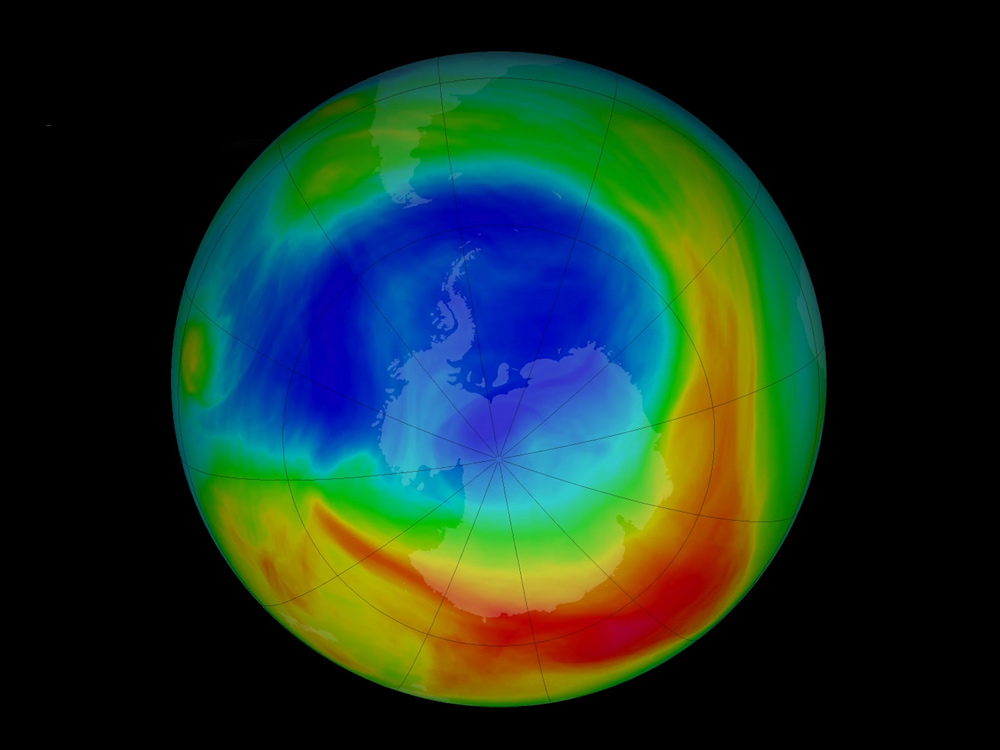Recovering Ozone Layer Reduces Carbon in Atmosphere, Finds a Study
Over the years, rising global temperatures and atmospheric pollution have damaged the ozone layer that protects the earth from the ultraviolet radiation of the sun. However, from depletion to gradual repair, it is now on track to recovery. Recovering the ozone layer reduces the amount of carbon dioxide in the atmosphere, a study has found.
15 to 35 kilometers above the earth’s surface, the ozonosphere acts as a barrier between the earth and the ultraviolet rays of the sun. However, pollution has caused the ozonosphere to deplete, exposing life on earth to dangerous radiations.
The excessive use of chemicals such as chlorofluorocarbons or CFCs are the first culprits for the ozonosphere breakdown. A CFCs is a molecule that contains carbon, chlorine and fluorine.
In 1989, the Montreal Protocol banned the assembly of ozone-depleting substances. Since then, the quantity of chlorine and other ozone-depleting elements within the atmosphere has substantially decreased.

Image: NASA
Published in the journal Nature, the study said that the Montreal Protocol has also benefitted in the fight against climate change, as ozone-depleting substances are potent greenhouse gases. Without this treaty, climate projections with control on ozone-damaging products would have been entirely different and severe.
CFCs are mostly found in refrigerants, hairsprays, aerosols and plastic products. When CFCs are exposed to ultraviolet rays within the atmosphere, they break down into substances that have chlorine. The chlorine reacts with oxygen atoms in the ozone and rips apart the ozone molecule.
Areas of injury within the ozonosphere are often called ozone holes. Ozonosphere damage is more likely a skinny patch with the thinnest areas near the poles. The ozonosphere in the Antarctic especially has been impacted by pollution since the mid-1980s.
Low temperatures speed up the conversion of CFCs to ozone-damaging chlorine. About 90% of CFCs currently within the atmosphere are admitted by industrialized countries within the northern hemisphere.
Scientists estimated that chlorine level will return to its natural state in about 50 years. By then the Antarctic hole will shrink to smaller than 8 million square miles.
Via: The Conversation


